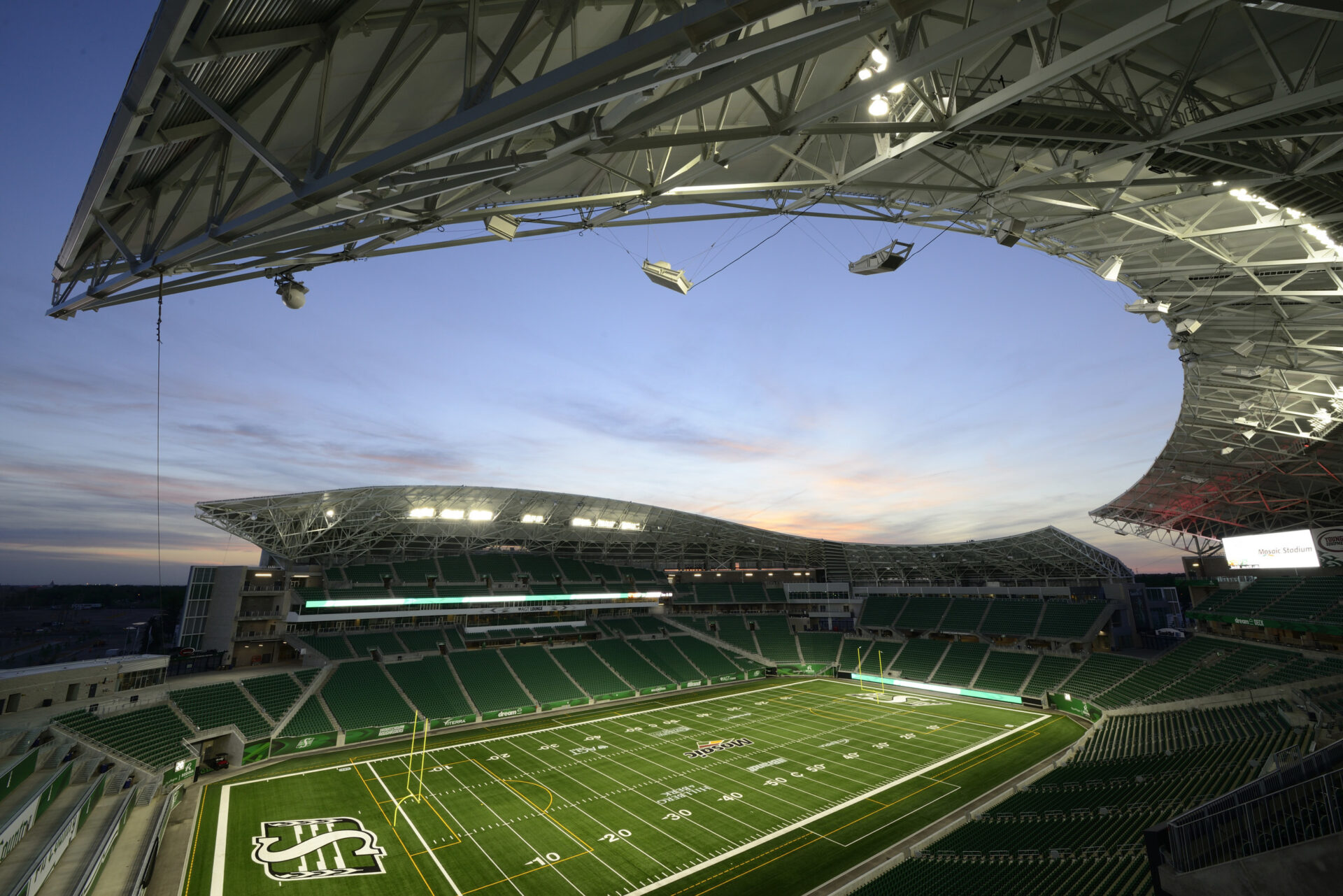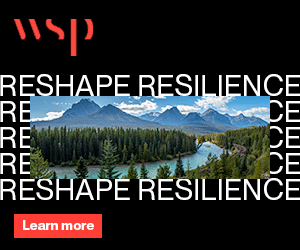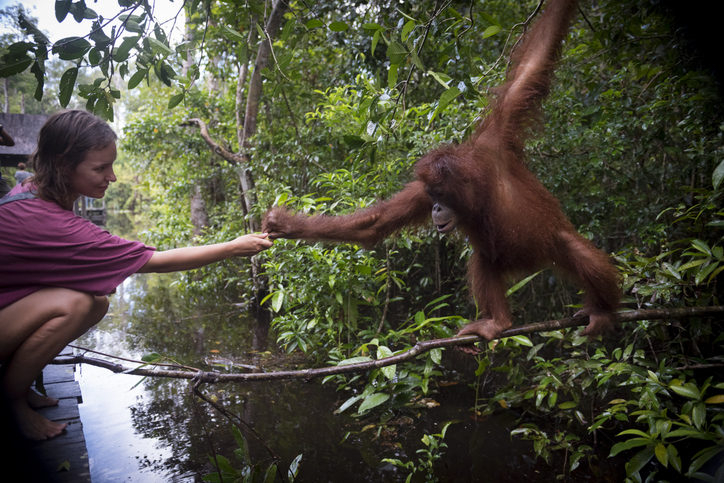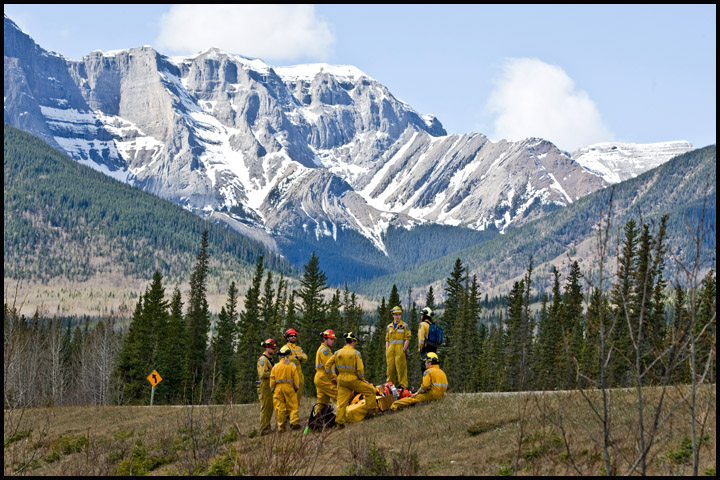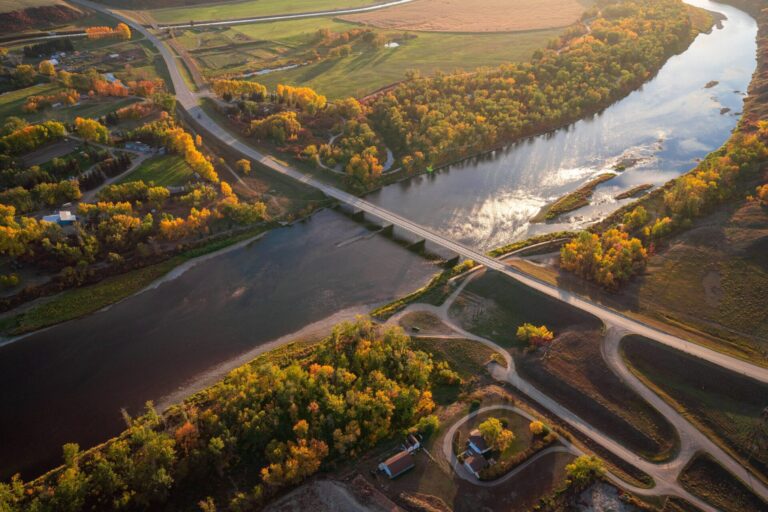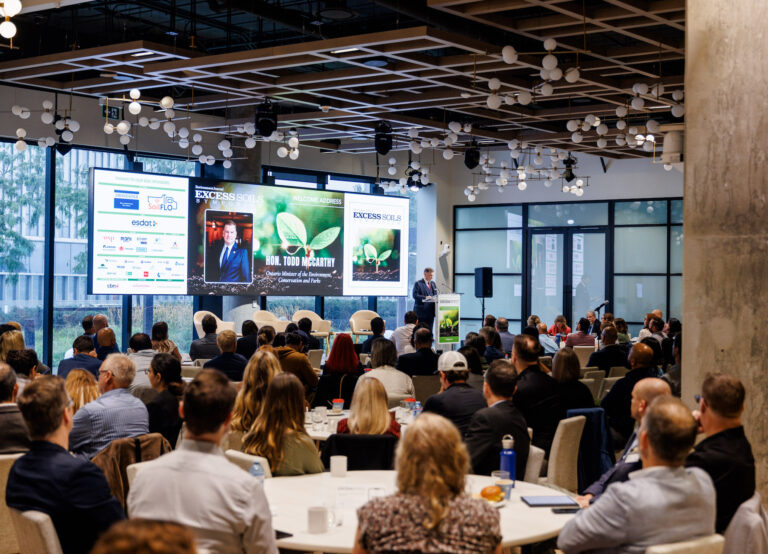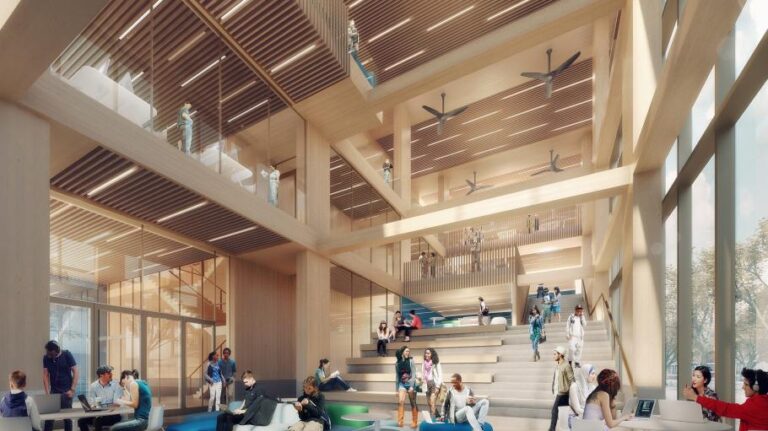Friday, October 3, 2025
By Eric Meliton
As an industry professional that has been tracking the intersection between sustainability and sports for nearly two decades, I’ve highlighted ground-breaking environmental programs launched by the MLB, NBA, NFL, and NHL. If sports can capture global audiences through loyalty, legacy, and emotion, why can’t they become a platform for social equity, climate action, and environmental resiliency too?
A personal power play
The landscape has changed dramatically. Around the world, sports leagues are investing in climate-smart infrastructure, athletes are emerging as trusted advocates for sustainability and social justice, and fans are increasingly demanding accountability from teams, service vendors, and sponsors alike. Yet in Canada, much of this progress has remained somewhat disjointed. Canada’s contributions remain largely fragmented across operational silos and regional success stories.
From institutional athletic programs integrating high-performance green building standards, to municipal arenas and recreational facilities undergoing carbon retrofits, and national leagues exploring ESG-aligned sponsorships, each sector has a piece of the sustainability puzzle that has yet to be unified. What’s missing is the common platform, a shared national narrative that connects these initiatives into a coherent vision with measurable impact.
On October 6th each year, Green Sports Day in Canada offers a symbolic rallying point when athletes, facility operators, leagues, brands, municipalities, and fans celebrate their shared commitment to sustainability. In practice, however, the day represents an untapped opportunity to build a unified, year-round movement that harnesses the scale and reach of sports to drive meaningful environmental, social, and economic progress across the country.
That’s why this Environmental Journal writing series is being launched to serve as a centralized voice and storytelling platform for sustainability in sports across Canada. This series will elevate success stories, expose challenges, and create space for collaboration among thought leaders and decision-makers. The goal is to accelerate the cultural shift needed to embed sustainability across every level of Canadian sport, from the recreational rink to the international stage.
The time has come to bring these voices together. This writing project will shine a spotlight on Canada’s most inspiring examples of sustainability in sports, convening thought leaders across infrastructure, government, national leagues, manufacturing, service vendors, and industry advocacy. The aim of the effort is to build momentum toward a cohesive national framework and feature some amazing sustainability in sports examples from across Canada.

Canadian soccer player Christine Sinclair is actively involved in environmental initiatives through her partnership with Call2Recycle Canada. She emphasizes that achieving environmental goals, like on the soccer field, requires teamwork. Credit: CNW Group/Call2Recycle
Canada’s green sport trailblazers
We don’t need to start from scratch. Early adopters across the country have already been championing sustainability in sports, quietly, but consistently.
Municipal infrastructure projects have led the charge, including Vancouver’s Hillcrest Centre and the Richmond Olympic Oval, originally built for the 2010 Winter Olympics, remain examples of legacy infrastructure designed with energy efficiency, adaptive reuse, and community resilience in mind.
Halifax’s Canada Games Centre and Toronto’s net-zero carbon community recreation centre, have become models for climate-smart public investment.
From the professional sports world, the National Hockey League has been a leader, particularly through NHL Green and their Venue Metrics platform to report on the sustainability metrics for each of the league’s 32 teams, including the seven arenas in Canada. Another initiative engages fans and brings awareness to their environmental initiatives and the sustainability of their collective venue operations in North America.
Meanwhile, Maple Leaf Sports & Entertainment (MLSE) has implemented zero-waste initiatives at Scotiabank Arena while the Montreal Canadiens’ Bell Centre has achieved LEED Silver and ISO 14001 building certifications.
The Canadian Football League (CFL) has also stepped up with the Saskatchewan Roughriders and Mosaic Stadium, which was built as a LEED gold certification building. Additionally, the stadium was the first to install FieldTurf Revolution 360, the artificial turf made from recycled tires.
Following the CFL’s leadership, two academic institutions have followed suit with this sustainable turf: Queen’s University and Wilfrid Laurier University.
Academically, there are several leading research initiatives linked to sustainability and sports in Canada, such as:
- University of British Columbia’s Centre for Sport and Sustainability serves as a multidisciplinary hub dedicated to exploring the intersections of sport with ecological well-being, social development, and cultural identity.
- Wilfrid Laurier University’s RinkWatch is a climate research project that engages thousands of Canadians in tracking backyard rink conditions as a measure of climate change and has many years of collaborative ties with NHL Green.
- University of New Brunswick’s Sustainability and Sports module is a course designed to explore the intersection of sports and sustainability, particularly in relation to the United Nations Sustainable Development Goals (SDGs).
A growing number of athletes and advocates have also been taking up the cause. For the 2024 Green Sports Day Canada campaign, a dedicated committee of sports professionals, academics, and athletes convened to build off the momentum of the first Green Sports Day in Canada back in 2021. This committee includes: Philippe Marquis, Coach at Freestyle Canada, 2x Olympian in Freestyle Ski; Dr. Maddy Orr, Founder of The Sport Ecology Group, Assistant Professor at University of Toronto; and, Oliver Scholfield, Operations Lead, Racing to Zero, Olympian in Men’s Field Hockey.
“From the professional sports world, the National Hockey League has been a leader, particularly through NHL Green and their Venue Metrics platform to report on the sustainability metrics for each of the league’s 32 teams,
including the seven arenas in Canada.”
Additional athletes who have been vocal advocates for integrating sustainability into the national sports agenda include: former NHL defenseman Andrew Ference, Director of Youth Strategy; retired Canadian soccer player, Christine Sinclair; and, Canadian MP and Olympic gold medalist Adam van Koeverden. Unifying the efforts of this growing list of leaders could serve as a starting point to advancing a climate-smart sport policy, built on a foundation of community engagement and national coordination.
To follow-up this introductory piece, we’ll introduce a national framework to align Canada’s playbook and outline themes for future columns. Together, let’s make sustainability part of Canada’s game plan.

Eric Meliton is a principal consultant at Echion Group, which provides strategic research and publications on corporate social responsibility, sustainability, infrastructure investment, regulatory impacts, and emerging treatment technologies.
To access the original version of this article, which includes multimedia features, please click here.
Featured image: The LEED certified Mosaic Stadium was the first in the Canadian Football League to feature FieldTurf Revolution 360 and the first to feature LED lighting. Credit: CNW Group/City of Regina

